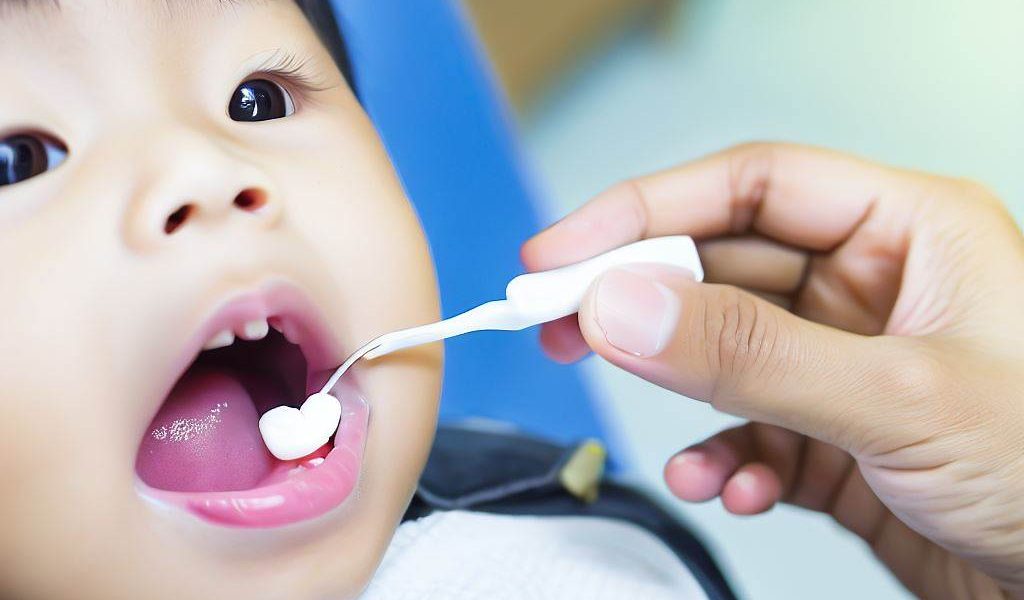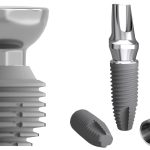Tooth decay in children is becoming more common. Children aged 5 to 10 years have an average of one and a half decayed, missing or filled baby teeth. Therefore, it is crucial to teach your child good oral health habits that will stay with them for life.
It is important to look after your child’s teeth from the moment they start teething. Keeping your child’s teeth and gums clean will protect against infection, cavities and pain. Decayed baby teeth can damage the permanent (adult) teeth underneath.
To prevent tooth decay, it is important for your child to get into a regular oral hygiene routine. Babies can be affected by tooth decay as soon as their first teeth arrive. The first signs of decay often appear as white spots or lines on the front teeth.
If a child’s tooth is lost due to decay, it can cause crowding problems when their adult teeth come through later.
Dental care for babies Many babies begin teething at around 3 months old. Their first teeth usually appear at around 6 to 9 months. By the age of 1, a baby will usually have around 8 teeth. But babies develop at different rates, so this can vary.
You should begin cleaning your baby’s teeth as soon as they arrive. This can be done by wiping with a soft cloth or brushing with a soft toothbrush and water.
Teeth cleaning for older children From the age of 18 months, you can start using a low-fluoride toothpaste when you brush your child’s teeth.
You can buy toothpaste and small-headed toothbrushes made especially for babies or children at your local pharmacy or supermarket. You will need to clean your baby’s or child’s teeth until they are old enough to do it themselves. This is usually around the age of 7 years.
Take your baby to visit the dentist as soon as their teeth begin to appear. This way, the dentist can check that their teeth are developing correctly.
Tips to keep your child’s teeth clean Help your child brush their teeth from the time they get their first tooth until they are 7 or 8 years old. After that, supervising them is still important. Brush your child’s teeth twice a day using small circular motions. Their teeth should be cleaned after eating and before bed. Use toothpaste with fluoride that is suitable for children. This can help strengthen the outside of the teeth and prevent decay. Make sure your children brush their teeth for at least 2 minutes and remind them not to swallow the toothpaste. Try to get into a regular tooth brushing routine and give your child plenty of praise when they brush their teeth well. Replace toothbrushes or toothbrush heads every 3 months. Children should floss as soon as they have 2 teeth that are touching each other. You should supervise flossing until they are about 10 years old. To develop strong teeth, make sure your child eats a healthy balanced diet. Avoid foods with a lot of added sugar such as lollies, biscuits and soft drinks. Always choose fluoridated tap water.
Visiting the dentist Regular check-ups are important from the age of 1 or within 6 months of the first tooth appearing.
Always make a visit to the dentist a positive experience. Never use the dentist as a threat for not brushing teeth or other behavior.
Corrective treatment As your child’s adult teeth grow through, make an appointment with the dentist if you notice any misalignment of the teeth or jaw. They will advise whether corrective treatment is required.
When to seek further help See the dentist if your child develops any of the following:
bleeding, red or swollen gums pus coming from the gums a bad taste in the mouth that won’t go away abscesses (these can be under the teeth and will usually be very painful).



